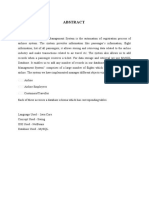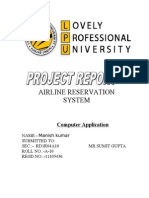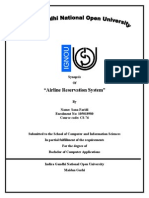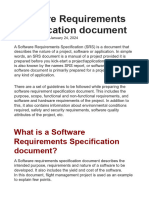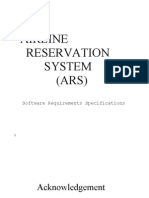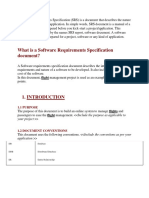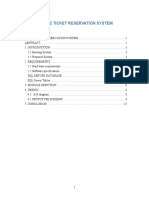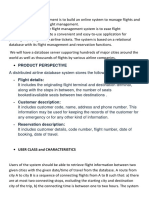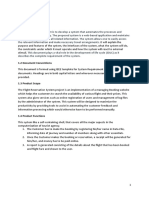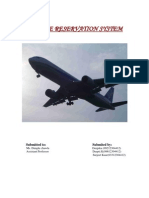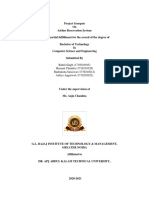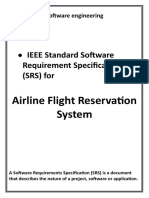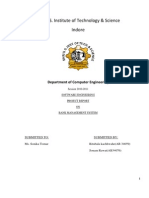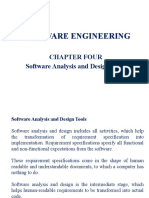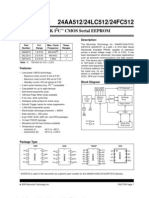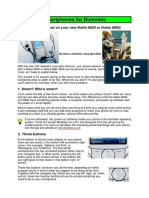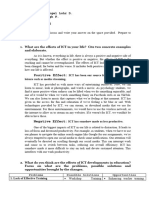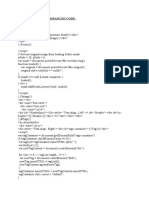0% found this document useful (0 votes)
43 views23 pagesProject File 1
The Airline Management System project automates the registration process for airlines, providing functionalities for managing passenger and flight information, ticket reservations, and data storage using a MySQL database. It aims to enhance efficiency, accuracy, and convenience in airline ticket booking while reducing human error and operational costs. The system is developed using Java Core with a Swing GUI and is designed to be user-friendly, allowing for real-time updates and secure transactions.
Uploaded by
SATHISH kumarCopyright
© © All Rights Reserved
We take content rights seriously. If you suspect this is your content, claim it here.
Available Formats
Download as PDF, TXT or read online on Scribd
0% found this document useful (0 votes)
43 views23 pagesProject File 1
The Airline Management System project automates the registration process for airlines, providing functionalities for managing passenger and flight information, ticket reservations, and data storage using a MySQL database. It aims to enhance efficiency, accuracy, and convenience in airline ticket booking while reducing human error and operational costs. The system is developed using Java Core with a Swing GUI and is designed to be user-friendly, allowing for real-time updates and secure transactions.
Uploaded by
SATHISH kumarCopyright
© © All Rights Reserved
We take content rights seriously. If you suspect this is your content, claim it here.
Available Formats
Download as PDF, TXT or read online on Scribd
/ 23

